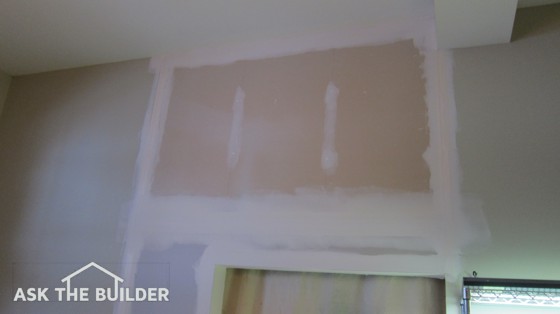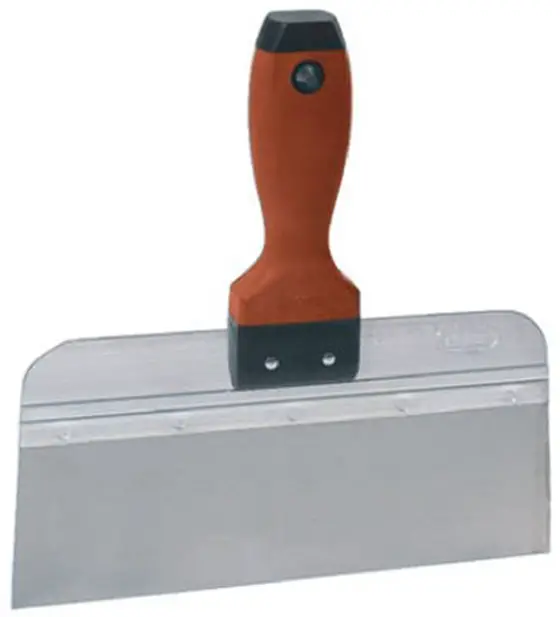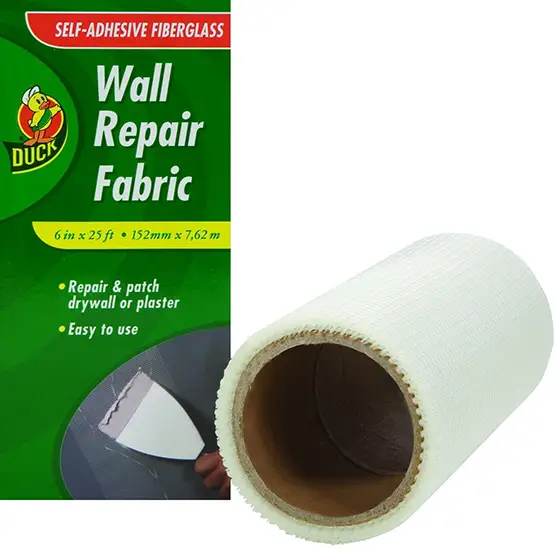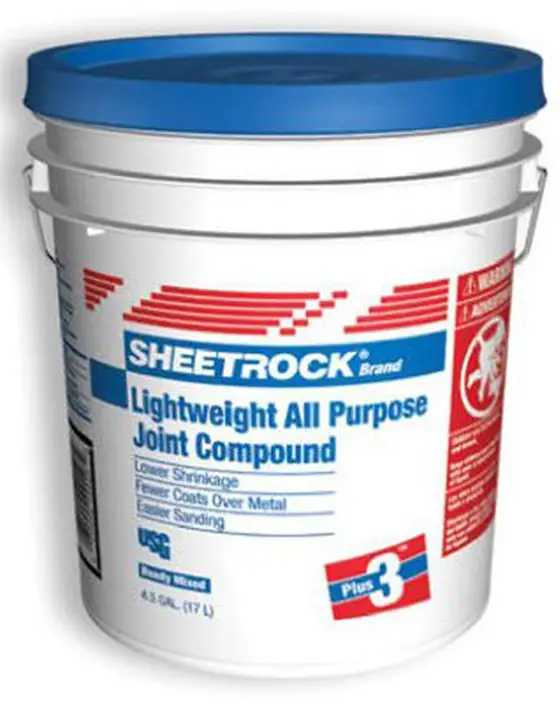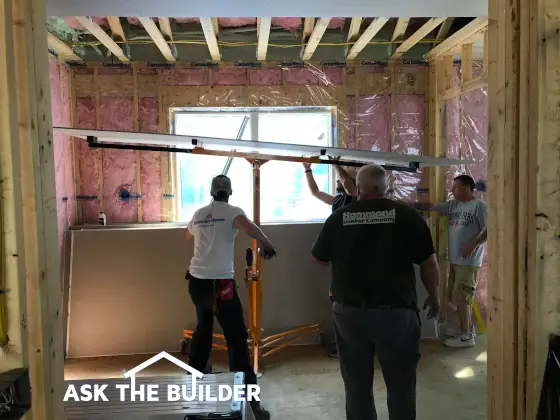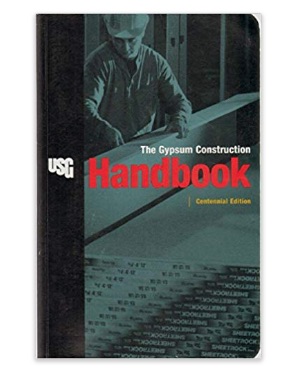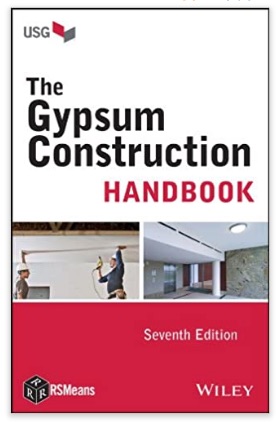Tips on Obtaining Bids
Many homeowners have expressed difficulties in obtaining bids for work. Often, they have trouble comparing bids. This process alone creates vast amounts of anxiety for some people.
This anxiety is frequently based upon a lack of confidence. Homeowners feel they are operating at a disadvantage when talking about home remodeling or repair. There is no need for this anxiety.
I suggest that you try to take a few hours and read up a little bit on the project about which you are ready to tackle. Visit a local bookstore or library.
There are hundreds of recent books talking about virtually every aspect of home remodeling and repair. Become informed! You will be able to ask better questions of each contractor.
Develop a plan, if possible. There is no substitute for written plans. They act as an excellent tool for you to be able to communicate your wants to each contractor. With plans, each contractor should bid the same thing. Modifications or suggestions from each contractor should be kept to a minimum.
If you can't have a plan drawn, write down a simple verbal description of what you want done. Try to be as specific as possible. List product selections, if possible. Have this document copied and distribute one to each bidding contractor.
You will only be able to compare bids or quotes if the contractors are bidding the same thing. Widely spaced bids or quotations usually result from contractors who have no guidance from the homeowner. They are bidding the job the way they want it, not how you always want it! Avoid falling into this trap.
Time & Material Job Suggestions
Many homeowners have been approached by contractors who wish to work 'by the hour' or what is often called "time and material". Some homeowners take this approach hoping that they will maximize their remodeling or repair dollars.
This reasoning is often based on the belief that building and remodeling contractors frequently make huge profits on each and every job. Nothing could be farther from the truth. Contracting is a tough business and very few contractors that I know of drive fancy cars and live in big homes.
Thousands of homeowners who have, in fact, traveled this path will gladly tell you of their misfortunes. Time and material jobs can easily turn into financial time bombs. People often base their construction decisions on hope and trust and become disillusioned when they become victims of dishonesty.
Fixed price quotations have many advantages over time and material jobs. Homeowners have excellent cost control. They know exactly what the work is going to cost.
The contractor, on the other hand, has a goal or objective. Productivity will be constantly in the minds of the project managers or company owners. The contractor will make attempts to minimize material waste.
Professional contractors frequently try to avoid time and material jobs. These require vast amounts of paperwork. Relationships between the homeowner and contractor often become strained.
Speaking from personal experience, I never enjoyed working under these conditions. I felt that I could never take a break or stop and tell a joke with workers and sub-contractors. It always seemed (and rightfully so!) as if the customer was counting minutes. After all, it was their money. They had every right to expect 100 percent value for their money.
Determine the Need
If a contractor suggests working 'time and material', stop and ask some questions. Determine just why he or she feels that 'time and material' is advantageous for you, the homeowner.
Ask why the job cannot be approached as a fixed price job. What hidden or unknown conditions are prohibiting the contractor from giving you a fixed price?
If you have any doubt whatsoever about the necessity of the 'time and material' approach, obtain three to four other opinions. Talk with other building or remodeling contractors. Ask them for fixed price quotations.
Do not even bring up the subject of 'time and material'. Only discuss this alternative if the second, third or fourth contractor injects it into the conversation.
Taking the Plunge
Assuming that your job, or certain aspects of your job, require a 'time and material' approach, let's talk about some ways you should approach the subject. First, determine just what aspects need to be done on a time and material basis.
Often, only those parts of a job which have hidden or concealed conditions qualify for the 'time and material' approach. Experienced professionals know how long it takes to perform tasks.
Based upon past experiences, they can accurately quote how long it takes to do certain things. However, sometimes certain conditions, new materials, untried techniques, etc. require the 'time and material' approach. Do whatever is necessary to limit these conditions.
Obtain from the contractor a "not-to-exceed" figure. This is the worst case scenario. This is the maximum amount of money you will have to spend in the event everything goes wrong. If a contractor is hesitant to give you this number, beware. A professional will not hesitate to give you a not-to-exceed number.
Before the job starts, ask who will be working on the job and how much per hour each specific person will be paid. Make every attempt possible to get a fixed price quotation on the materials required.
Often, it is very simple to estimate material quantities. At the very least, a maximum quantity of material can be determined. Square footages, volumes, etc. can be quickly calculated. This way, when you eventually begin to pay for materials, you can check the quantities to ensure that they were not exceeded.
The opportunity for fraud is extremely high. Materials have a strange way of ending up on different jobs! You must protect yourself from dishonesty.
Agree with your contractor on weekly itemized reports showing who worked when and on what. Have the contractor produce a separate, specific, detailed report on materials used. By doing this on a weekly basis, you should be able to monitor the accuracy of the reports.
Don't wait until the end of the job for your bill. You may need to call 911 in the event you go into cardiac arrest!!!
Finally, ask the contractor you choose to work with for a minimum of three references of customers who have also had 'time and material' work performed. Call these individuals and ask them if they were satisfied with the 'time and material' arrangement.
Ask if they encountered any problems. Were they treated fairly? Is there anything they would do differently? These questions are important. Don't try to reinvent the wheel. Use these customers as a resource to save you money. Don't feel embarrassed to call them.
Column B42
